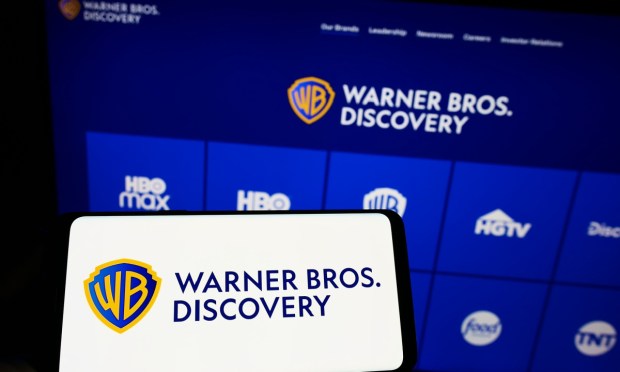
Warner Bros. Discovery is seeing its direct-to-consumer (D2C) subscriptions lose members, even as the shift to ad-supported models helps drive revenue increases for these services.
The company shared in its third-quarter 2023 financial results, reported Wednesday (Nov. 8), that its D2C subscriber count, which includes Max, HBO Max, HBO and Discovery+, fell by 700,000 worldwide relative to the previous quarter. Specifically, U.S. subscribers declined by 1.4 million, while international subscribers increased by 700,000.
Yet, while the subscriber count fell, D2C revenues increased 5% year over year, with distribution revenue up 5% and advertising revenue leaping 29%, as Max U.S. grew its “Ad-Lite” lower-cost subscription tier.
“It’s not about how many subscribers; it’s about how much money,” Warner Bros. Discovery CEO David Zaslav told analysts on a call. “And we’re starting to really see that we can generate more economics, but we think we can [still] grow the service in a meaningful way.”
He attributed much of this decrease in subscriptions to the service having one of its “lightest original content schedules in years,” partially as a result of writers’ and actors’ strikes resulting in release dates being postponed.
Additionally, Zaslav noted that Disney’s D2C subscription deal with Charter Communications, announced in September, which includes ad-supported Disney+ subscriptions with the Spectrum TV Select package, provides a model for further growth.
“You can imagine a world, as we’re redoing our deals or even in advance of redoing our deals, [with] Disney+ and Max as an additional benefit to the cable subscribers, [where we’re] getting paid on each one of those, and being able to sell advertising against each of those, and having lower churn on each of those,” Zaslav said.
In the streaming space, the competition is stiff. PYMNTS’ Provider Rankings of Streaming Apps, which compares popular streaming services based on a range of factors including channel coverage, usage and downloads, finds that Max lags well behind competitors, with Netflix in the top spot, Disney+ at No. 4, Prime Video at No. 5, Peacock at No. 7 and Max down at No. 12.
While Warner Bros. Discovery lost D2C subscribers, competitors did not necessarily see the same declines. For instance, Paramount+ shared in its third-quarter earnings, reported Thursday (Nov. 2), that Paramount+ revenue grew by 61% year over year, adding 2.7 million net subscribers in the quarter. Similarly, in Q3, Netflix gained 9 million paid subscribers, as the company reported last month.
Still, in periods of economic challenges, streaming services have an uphill battle, with consumers cutting back whenever their budgets are pressured. The PYMNTS Intelligence study “The One-Stop Bill Pay Playbook: Drivers of Consumers’ Bill Payment Priorities,” created in collaboration with Mastercard, which drew from survey of more than 2,100 U.S. consumers, found that 55% would cancel their streaming subscriptions if they were unable to pay all their bills — a greater share than said the same of any other recurring bill.
Additionally, consumers tend to believe they are spending too much on these services. A PYMNTS Intelligence report, “New Reality Check: The Paycheck-to-Paycheck Report – The Nonessential Spending Deep Dive Edition,” created in collaboration with LendingClub and based on a survey of more than 3,400 U.S. adults, revealed that 25% of consumers report that they spend indulgently on streaming services.